The 1980s gave us some of the most beloved children’s programming of all time, but not all of it was sunshine and rainbows. In fact, some kids’ shows from this era ventured into surprisingly dark territory, exploring themes and imagery that were downright unsettling. Whether it was eerie animation, unsettling villains, or heavy life lessons, these shows pushed the boundaries of what was considered appropriate for young viewers. Let’s take a look at 12 kids’ shows from the ’80s that were way too dark for their target audience.
1. The Secret of NIMH
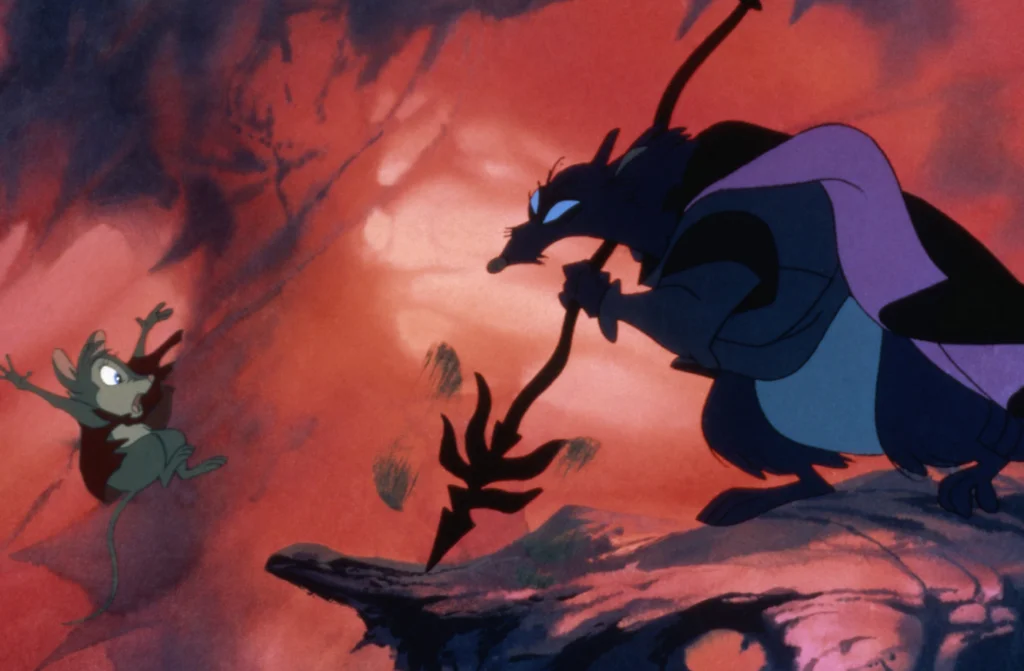
While technically a movie, The Secret of NIMH aired frequently on TV during the ’80s, becoming a staple of childhood entertainment. This animated classic tells the story of Mrs. Brisby, a widowed field mouse trying to save her sick son while navigating a world of genetically modified rats, deadly traps, and sinister scientists. The dark visuals, intense action, and themes of mortality made it a haunting experience for kids.
The show’s darker tones reflected the period’s willingness to take animation seriously, but it often left young viewers shaken. The movie’s complex moral dilemmas and eerie atmosphere were a far cry from the typical cheerful cartoons of the era. Even today, The Secret of NIMH feels more like a suspenseful thriller than a children’s story.
2. Unico (1981)
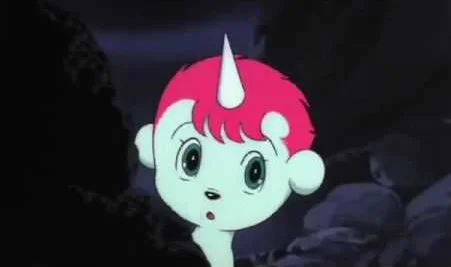
This anime adaptation about a magical unicorn named Unico had moments of whimsy, but its deeper themes were far more unsettling. Unico is cursed to bring happiness to others but suffers endless persecution from gods jealous of his power. The show’s villains were often grotesque, and the storylines explored betrayal, loneliness, and fear in ways that left a lasting impression.
Many kids were drawn to the cute animation but ended up grappling with the show’s heavy undertones. Unico remains a hidden gem for its artistry and storytelling, but its darkness makes it a far cry from the lighthearted fare most parents expected when they tuned in.
3. The Mysterious Cities of Gold
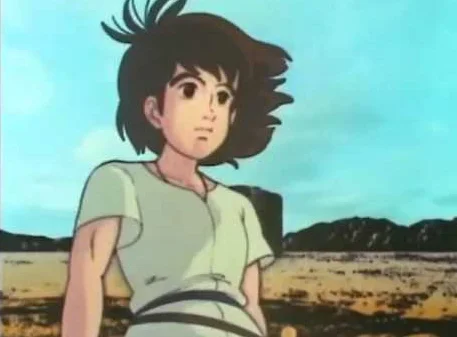
This historical adventure series followed Esteban, a boy searching for his father and the legendary Cities of Gold. Along the way, he and his friends encountered betrayal, greed, and danger at every turn. While it was packed with educational content about ancient civilizations, it didn’t shy away from depicting the harsh realities of conquest and colonization.
The show’s somber tone and frequent peril made it feel more like a drama than a kids’ series. Its willingness to explore human greed and suffering gave it a gravitas that resonated with older viewers but left younger ones feeling uneasy.
4. The Adventures of Mark Twain (1985)

This stop-motion animated film, which aired on TV in the ’80s, featured a variety of Mark Twain’s stories brought to life. While much of it was lighthearted, one segment, “The Mysterious Stranger,” was shockingly dark. In it, an angel named Satan discusses the meaninglessness of humanity while conjuring unsettling scenes of destruction and despair.
This existential storyline, combined with the eerie animation, made it one of the most haunting moments in children’s programming. Though intended to provoke thought, it often left young viewers feeling disturbed rather than enlightened.
5. The Littles
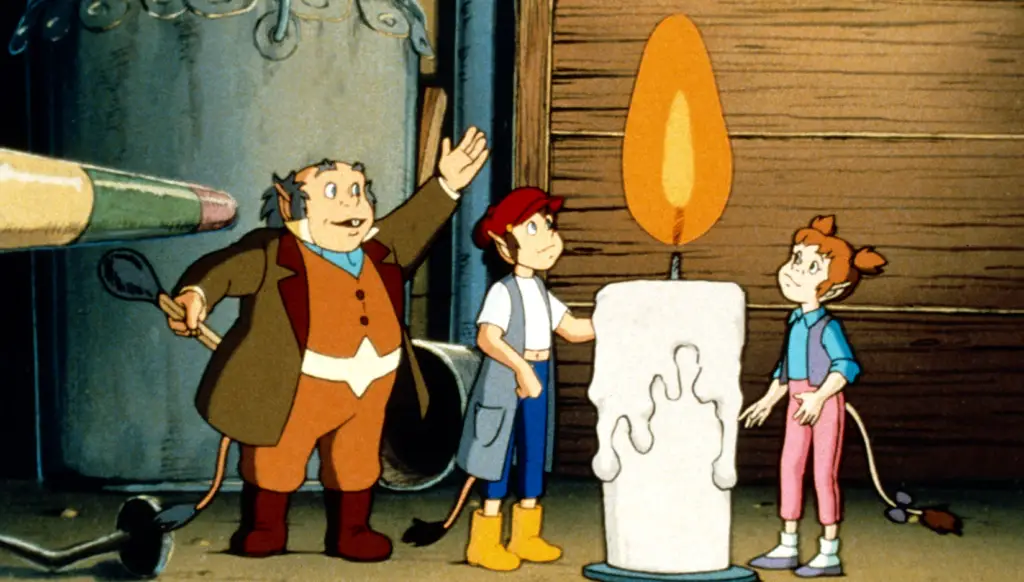
While The Littles seemed like a harmless show about tiny, mouse-like humanoids living secretly among humans, it often delved into darker themes. The Littles were constantly in danger of being discovered, captured, or exterminated by humans, and their survival often required acts of desperation and sacrifice.
The underlying tension of their precarious existence gave the show a more serious edge than its whimsical premise suggested. For many kids, The Littles was a reminder that even fantasy worlds could be fraught with danger.
6. Dungeons & Dragons
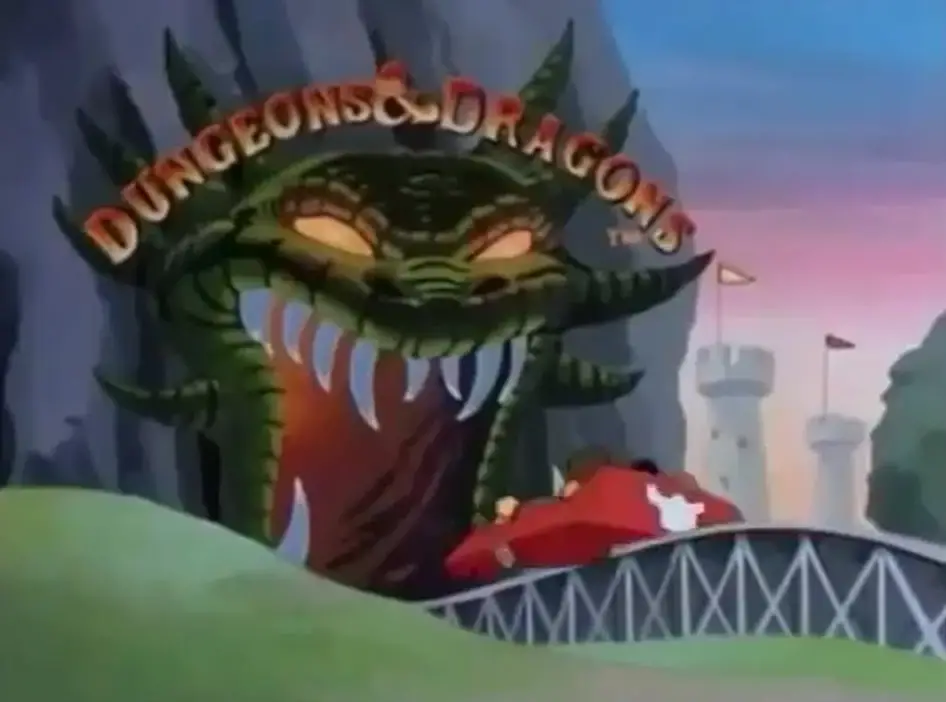
This animated series followed a group of kids transported to a fantasy realm where they had to battle evil wizards, monsters, and even their own fears to survive. While the premise was exciting, the show didn’t shy away from exploring themes of death, betrayal, and moral ambiguity. The kids were often forced to make difficult choices, and the stakes were always high.
The show’s intensity and frequent sense of hopelessness made it stand out from other cartoons of the time. While it earned a loyal fanbase, its darker tone made it a surprising choice for Saturday morning programming.
7. Watership Down (TV Series)
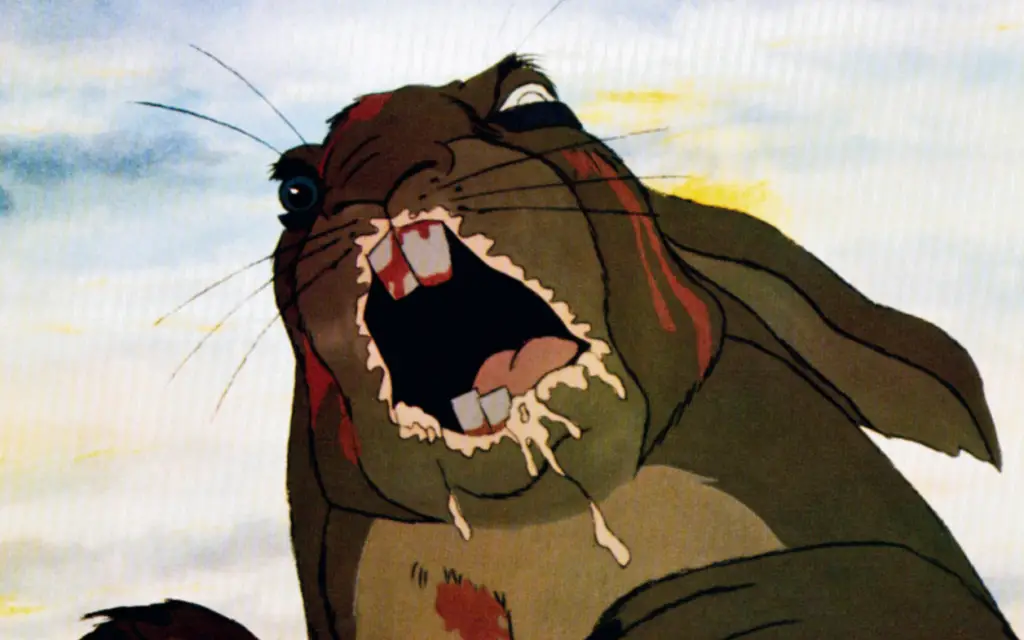
Based on the novel of the same name, this animated series followed a group of rabbits searching for a safe home while facing predators, traps, and internal conflicts. While toned down from the famously violent movie adaptation, the series still featured plenty of harrowing moments, including scenes of death and existential dread.
The show’s willingness to confront the harsh realities of nature made it a haunting experience for kids. Its blend of beauty and brutality ensured it left a lasting impact on viewers, even if it wasn’t what most parents expected from a cartoon about rabbits.
8. The Transformers
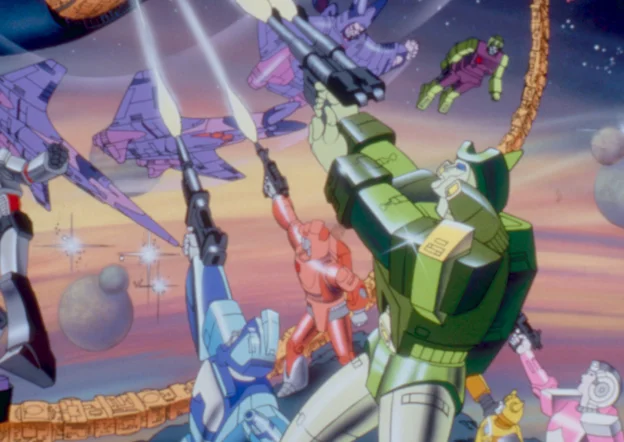
While The Transformers is remembered for its epic battles and cool robots, it also had its fair share of dark moments. The 1986 movie in particular was devastating for kids, with the death of Optimus Prime and several other beloved characters happening on-screen. The violence and loss were shocking for young fans who were used to seeing their heroes prevail.
The darker tone of the series and movie reflected the stakes of war, but it often felt too intense for its target audience. Even today, fans recall the heartbreak of seeing their childhood icons meet untimely ends.
9. Spartakus and the Sun Beneath the Sea
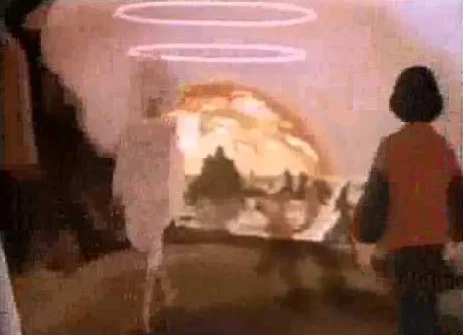
This French animated series followed Arkana and her friends as they tried to save their dying underground world. While visually stunning, the show was filled with existential themes and a melancholy tone that made it feel more like science fiction for adults.
The constant sense of impending doom and philosophical undertones set it apart from other kids’ programming. Though fascinating, it was far heavier than what most children were prepared for.
10. The Animals of Farthing Wood
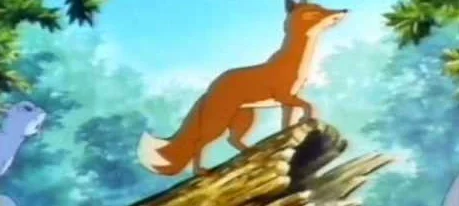
This British series about a group of animals searching for a new home pulled no punches when it came to depicting the dangers of their journey. Characters were frequently injured or killed in graphic and heartbreaking ways, often highlighting the cruelty of humans and the harshness of nature.
The show’s brutal realism made it memorable but also deeply upsetting. While it taught valuable lessons about perseverance and teamwork, its unflinching portrayal of death was difficult for young viewers to process.
11. BraveStarr
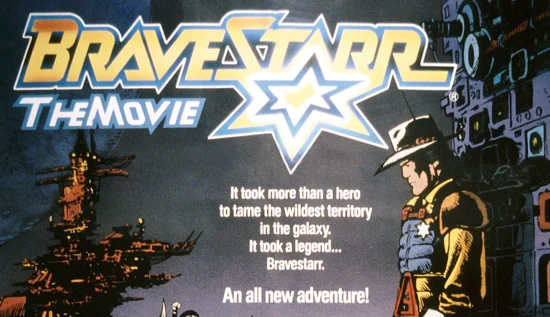
This space western followed Marshal BraveStarr as he fought to maintain order on the planet New Texas. While it had plenty of action and humor, the show tackled surprisingly dark topics like addiction, environmental destruction, and loss. One particularly infamous episode focused on the death of a child due to drug use, a storyline that shocked viewers.
While the show’s willingness to address serious issues was admirable, its darker moments often felt jarring in the context of a kids’ series. It’s remembered as both groundbreaking and unsettling.
12. Inspector Gadget
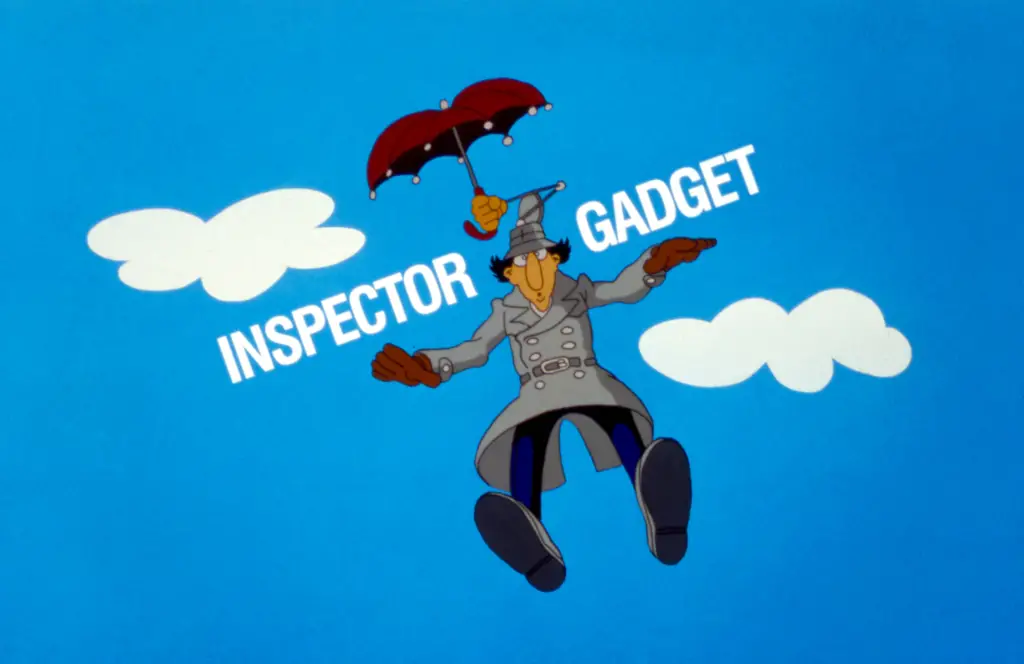
While Inspector Gadget was mostly a comedic adventure series, its villain, Dr. Claw, was uncharacteristically sinister for a kids’ show. His deep voice, menacing demeanor, and ominous threats gave the show an undercurrent of tension that could be genuinely frightening.
The show’s mix of slapstick humor and dark villainy created a unique tone, but Dr. Claw’s intensity often felt out of place in an otherwise lighthearted series. For many kids, he was the stuff of nightmares.
The ’80s didn’t shy away from pushing boundaries in children’s entertainment, and while these shows were often groundbreaking, they also left many young viewers with lasting chills. These darker moments are a testament to an era when kids’ programming wasn’t afraid to tackle serious themes—even if it sometimes went too far.


